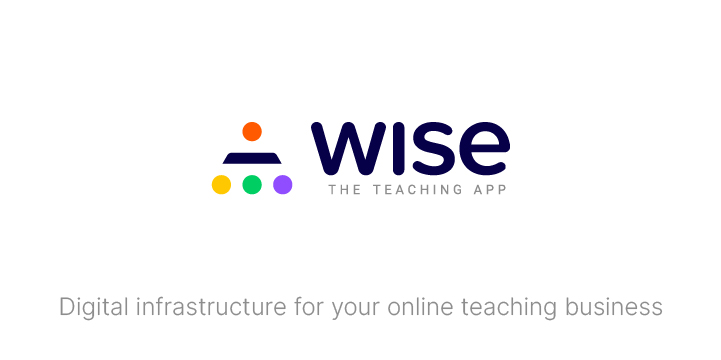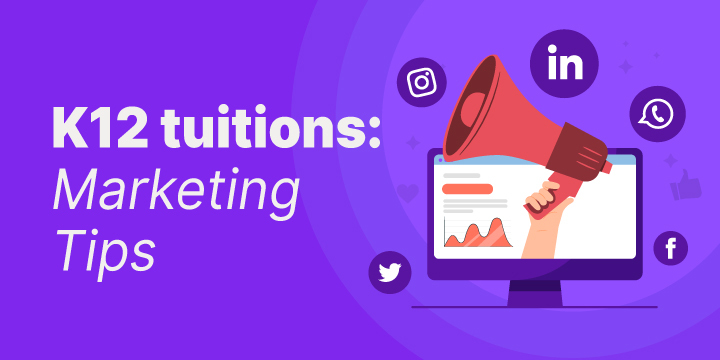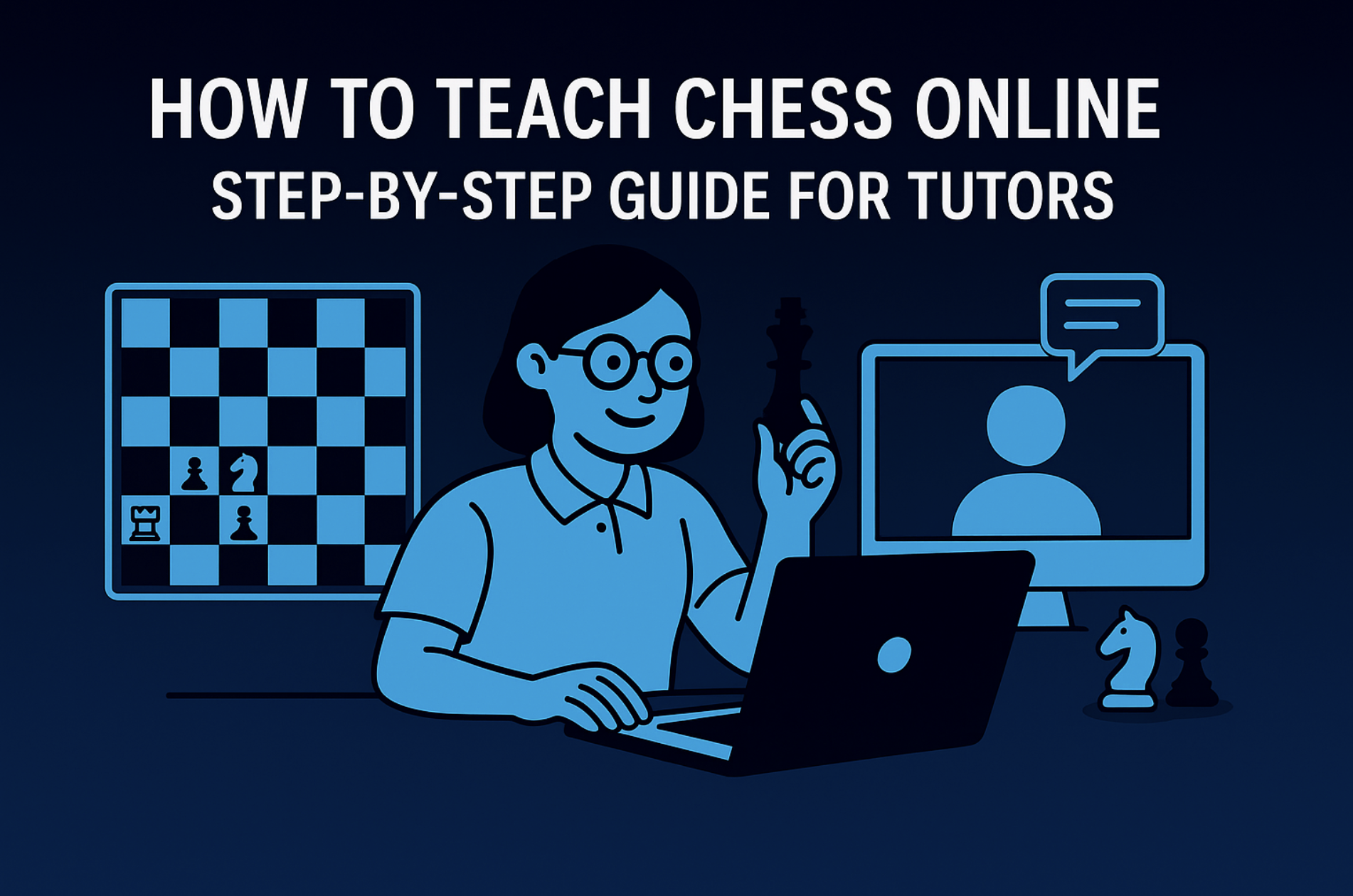As we undergo transformational times and technologies spearhead all aspects of our lives, teaching methods and practices also experience a paradigm shift. As traditional ways of teaching are being replaced rapidly with E-learning and online classes, virtual learning is expected to take the front seat in the coming years.
In fact, the undercurrents of this alteration can be felt presently as well, as we enter the third year of the pandemic. As apps and whiteboards replace the traditional classrooms and eliminate in-person interactions, as K12 virtual teachers, it becomes imperative for you to meticulously structure and establish your brand so that your students’ concentration does not waver and their marks do not falter. As you prepare to build your brand in a highly competitive world that will only get more cutthroat from hereon, doing your homework well in advance will help distinguish your brand from 10 others in the market.
If you are a K12 virtual teacher wondering how to strengthen and advertise your brand, you have landed at the right place. This article will explore some key elements that are the ingredients of a successful virtual K12 teaching brand. These suggestions will help you fathom the right way to establish a positive and impactful presence in the virtual classroom and augment your proficiency in the craft. Now more than ever, teaching is not just about simple tutoring but also about branding yourself to inspire confidence in your service and make concrete ties with your students.
How do you ensure that you get the nuances right and achieve your goals? Let’s find out through these 5 steps:
1. Create An Account on a Tutoring Website/Launch Your Own Platform

The first step towards creating a robust online presence for K12 virtual teachers is to register on a well-established tutoring website that will aid you massively in setting up your business and figuring out the business’s nitty-gritty. This becomes all the more important if you are just beginning to dip your toes into the deep ocean of K12 virtual teaching. For example, suppose you choose an app like WISE, which takes care of everything from scheduling classes to registering attendance. In that case, most of your job will be already done, and you can effectively focus on teaching students.
Another alternative is to launch a separate platform that will cover classes, payment, document sharing, etc. However, this might prove difficult if you are still learning the ropes of the trade. Also, it will be a bit heavy on your pocket since the job will have to be outsourced to a third party. Hence, to eliminate any time-consuming roadblocks, it is better that you go with the tried and tested idea of creating an account on an already established platform and iron out any possible mishaps.
2. Offer Synchronous/Live Classes in Real-Time

While some teachers prefer recording lectures beforehand and then providing access to the students, others favor offering classes in real-time. If you want your brand to receive better ratings than others, you need to subscribe to the idea of synchronous classes that almost compensate for the lack of in-person interaction. This way, you also have the chance to answer students’ queries, take questions, and build a personal connection with them that is not possible in asynchronous classes. This will be particularly helpful if you teach elementary and/or middle school kids since they cannot do without live classes and need some time to clear their doubts after each lecture. To facilitate better communication, you can start with an introductory session to break the ice and provide them with the much-required feel of a real classroom. This will strengthen their trust in you, gradually build a community, and the students will not feel isolated, despite the wall that the virtual setup has created. Another constructive idea is to introduce collaborative learning activities such as an impromptu discussion or a skit where students prepare beforehand and take turns performing the dialogues.
3. Provide Access to Supplementary Reading Material

Sure, you will follow the course curriculum for K12 students, but that might not be enough. To stand apart from the crowd, you also need to take your services a notch higher, which is only possible if you provide them access to additional supplementary reading material. This can range from extra self-prepared notes to online research papers to infographics and recent data and statistics.
When it comes to research papers, it is essential to remember that the language of the documents should not be laced with jargon, and they should be easy to understand and absorb. If you have to simplify their structure and break down the concepts into easily understandable chunks, do go the extra mile. Within no time, this might even end up becoming the USP of your brand. Say, if a competition relies only on the predefined curriculum. But if you take the initiative of stepping out of that restricted territory, students will flock to your service just because of this additional edge. While you can do extensive research, sites like Academia.edu and Jstor are excellent repositories of such research material.
4. Provide a Study Schedule Beforehand

This idea will help both you and your students and eliminate the chance of a complicated, confusing situation. Prepare a study calendar at the beginning of the academic year and share it with the students during the demo session. This will help you chalk out your strategy effectively, and the kids will also be able to provide adequate time for each subject. It is also important to remember that the study calendar should focus not only on teaching and tests but also on a much more holistic approach. This can include collaborative learning activities such as quizzes, extempore, story reading, trivia discussion on a particular subject, etc. This will slash through the usual monotony of lessons and prevent them from becoming boring or tagged as run-of-the-mill.
5. Social Media and Advertising Avenues

Having a substantial social presence is something that no brand can do without, especially not in today’s era of digitization, where behavioral retargeting and social media targeting are leading the space. Almost all of us are on platforms like Facebook, Twitter, Instagram, Snapchat, and others, and you would be wasting an opportunity if you do not sell yourself well on these platforms. You can either outsource this to a digital marketing company (if you can afford to) or learn the nuances of the trade and gradually work your way up.
How do you do it?
For instance, when you have a Twitter account, you will need to know how to say a lot in only 280 characters and embed relevant and timely hashtags that will help you find an organic audience. Another aspect to look out for is the frequency of your posts; are you creating content every day? Interacting with your target audience? Marketing yourself well? Following the right kind of accounts? Not just that, Twitter also provides an option to promote your account- which is basically a fee that you pay to reach a broader audience. It all may sound daunting at first, but it becomes better once you get the hang of things.
Similarly, Facebook is a platform favored by a large part of the populace because it is relatively uncomplicated and straightforward and is the perfect forum to advertise yourself. If not the students, then maybe you will interact with their parents, who will explore your services and get enrolled. All in all, no matter which platform you are working with, it is essential that you don’t let your account wither and rot away and keep posting relevant content that caters to your client.
Another helpful idea is to record your students’ video testimonials and upload them on the website. Google reviews and ratings will also help you reach a broader, diversified clientele. The landscape is vast, and the possibilities to draw in prospective clients are endless. For instance, you can filter some learning material and create short quizzes that can be finished within minutes.
Based on the results, they will know what to expect and what the eventual classes would look like. If your service has a customer service wing, that is even better. It can help provide timely responses to clients’ queries and assist them if a technical slip-up occurs. All in all, your digital footprint has a direct correlation to the number of clients you can expect at a given point in time.
These strategies are just the tip of the iceberg, and it is suggested that you stay creative and innovative in your approach as you traverse your way through this market. With each passing day, it is bound to get more successful and competitive. Hence, your service mustn’t be simply garden-variety but instead deliver an above-par performance and create an exceptional niche for itself.
All the best!




